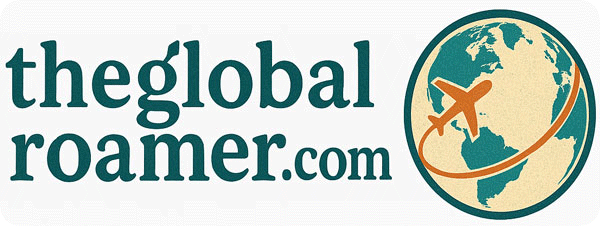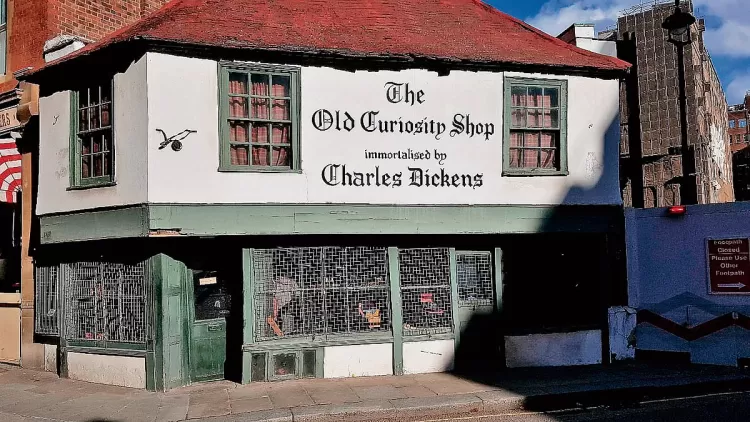The Glitz and Glamour of Brühl
Opulent, extravagant, over-the-top—even these adjectives can't quite describe the glory of this place: The 120-room, horseshoe-shaped Augustusburg Palace in Germany’s Brühl—a small town between Cologne and Bonn—represents one of the first and perhaps the finest examples of Rococo creations in Germany.

Opulent, extravagant, over-the-top—even these adjectives can't quite describe the glory of this place: The 120-room, horseshoe-shaped Augustusburg Palace in Germany’s Brühl—a small town between Cologne and Bonn—represents one of the first and perhaps the finest examples of Rococo creations in Germany. The palace was the primary residence of the Cologne elector and archbishop Clemens August of the House of Wittelsbach until his death in 1761.
It is said that Clemens August was fond of music, parties, and hunting—his reign was marked by the extravagant display of wealth. In 1725, architect Johann Conrad Schlaun was commissioned by him to begin the construction of a summer residence on the ruins of a medieval castle in Brühl. Later he commissioned the construction of Falkenlust, which served as his falconry lodge and private retreat.
To make the palace even more ornate, the Bavarian court architect François de Cuvilliés took over in 1728. He commissioned some of the most famous European artists of his day to create its splendid rooms. The construction took 43 years to complete. When Napoleon saw the palace in 1804, he was reported to have said, “I’m sorry the palace has no wheels. If it had, I would have taken it to Paris.”

A creamy yellow exterior and checkerboard stone walkway lead to the palace that is reminiscent of Versailles. The impressive waiting room with a ceramic room heater, where people would sometimes wait for hours to meet the Elector, leads to a resplendent ceremonial staircase with gilded balustrades, which is a showstopper. Flanked with gold leaf designs and pillars in shades of yellow and green made of stucco marble, it ascends to the domed ceiling. Painted in a classical scene by artist Carlo Carlone, the trompe-l’œil effect is used to create an optical illusion, making the ceiling look like a curved cupola but is actually flat. It is said that the dome was painted by Carlo and his two assistants in just two weeks.
The palace is a great example of German Rococo style, characterised by the rounding of angles and embellishment. The name alludes to rocaille—a French style of exuberant decoration using natural elements. Started in France around the end of King Louis XIV’s reign, the style is basically a celebration of all elements of nature.
The multicoloured ceiling fresco has human virtues as its theme along with symbols of Gods and Goddesses in pairs: peace, religion, nobility, military power, wisdom, sound advice, justice and generosity.
Walking through the stunning rooms of the palace is a sensory overload, with embossed leather wallpaper, Dutch tiles, Venetian chandeliers from Murano and gilded golden stucco and painted ceilings. The palace was designed to impress guests and to reinforce Clemens August’s courtly image. In a dining room Clemens August would arrange ‘show dinners’ for people. Landscape architect Dominique Girard designed the grounds based on French Baroque formal gardens, also epitomised by Versailles with ornamental flower beds, boxwood trees, and fountains. There are treasures from the past that are also on display, like the flea trap that was used in times when water was a luxury and people used perfumes to smell good instead of a bath. Ladies would wear them around their necks like jewellery and fleas would be attracted by the perfume inside and get trapped.

What is perhaps ironic is that Clemens August never lived to see its final glory, dying seven years before it was finished in 1768. The palace suffered aerial bombing in 1944 and extensive damage and was painstakingly reconstructed. Today, Schloss Augustusburg is a UNESCO World Heritage Site, celebrated for its architectural beauty and historical significance.




















